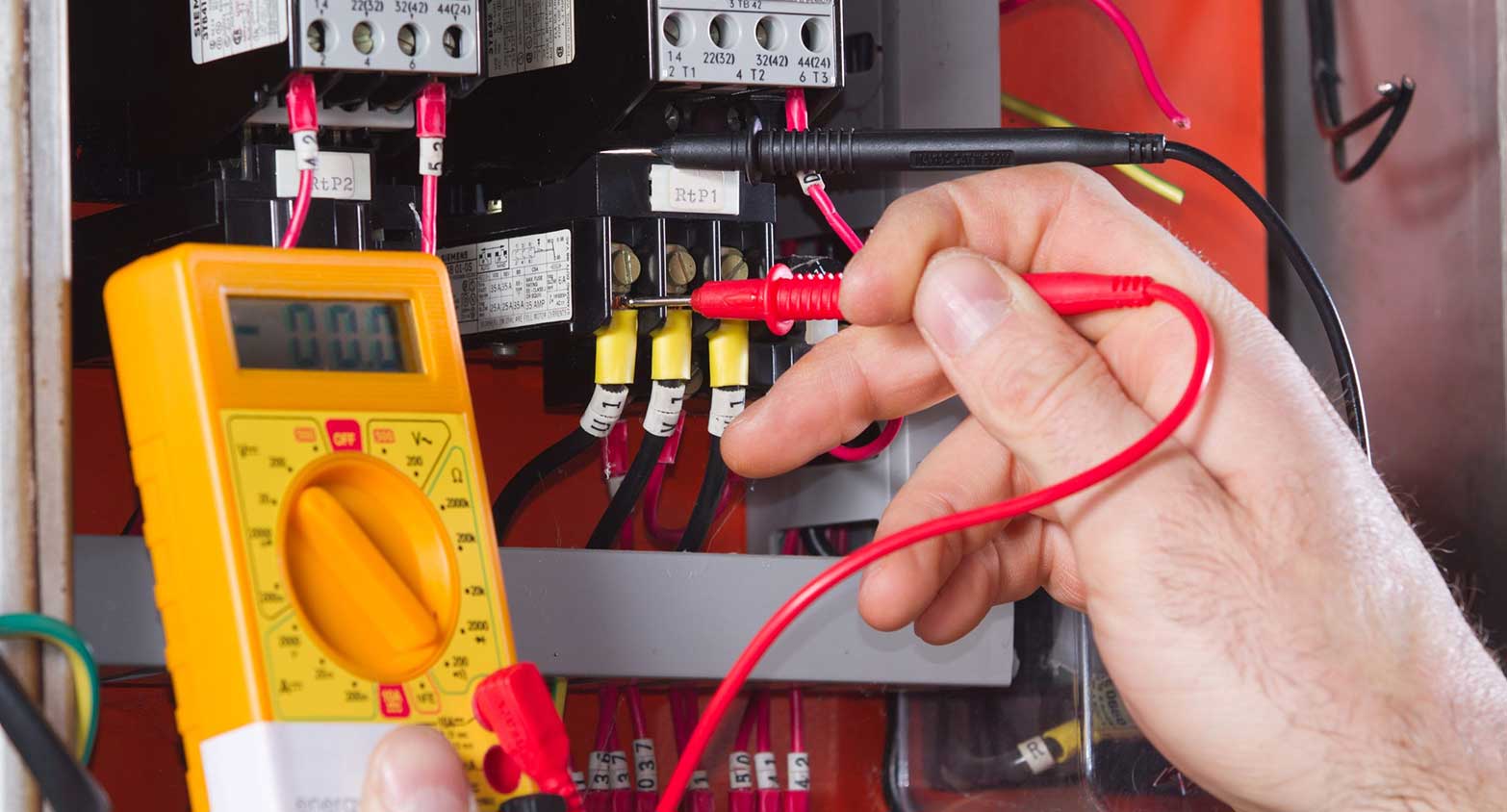1. Do I Need an Electrician?
2. Knob & Tube Wiring
3. Signs of Faulty Switches and Outlets
4. Warning Signs of Faulty Wiring
5. Smoke Detectors
6. Carbon Monoxide Detectors
7. Electrical Problems – Flickering Lights
8. Which Switch Is Which?
Do I Need an Electrician?
Many of us love do-it-yourself (DIY) projects. We can save some money and we feel pretty good when the job is done.
But there are some DIY projects that need to be left to the pros. Knowing when to call an electrician can actually save
you money and protect the investment you have in your home.
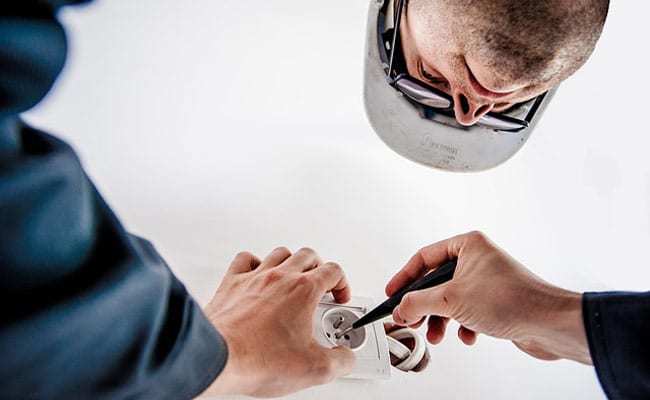
Step 1 – Identifying the Problem
Electrical warning signs that need attention from a licensed electrical contractor:
- Switches or outlets that don’t work
- Switches that are loose or stick
- Outlets that don’t hold a plug
- Discolored outlet or switch plate covers
- Warm or smoking outlets or switches
- Tripping circuit breakers
- Dimming or flickering lights
- Outlets or switches that give off a burning smell
- Shocks from outlets or switches
- Buzzing or sparking outlets or switches
Renovations and upgrades that should be performed by a licensed electrician:
- Any installation or upgrade to lighting or wiring
- Adding switches or outlets
- Home renovations and remodeling
- Electrical panel service or repair
- Code correction
- Surge protection
- Whole home generators
NOTE: Many projects require an electrical permit. This means work needs to be inspected when completed. Improperly done work will be rejected. Electrical work not performed to electrical code will prevent the sale of a home. Should a fire occur as the result of faulty, uninspected electrical work the claim may not be paid by your insurance company. It’s always best to check with your city or state permitting offices to make sure the work that’s done on your home meets the electrical codes for your area. When in doubt, give us a call. We know all of the code requirements for your city.
Step 2 – The Solution
- Watch for the warning signs of electrical problems throughout your home.
- Better safe than sorry. DIY electrical work is a risky proposition. Our recommendation is to call us about your electrical problem. We’ll give you our best advice for a fast solution.
- Hiring an electrician can save you money in the long run. Electrical projects performed by one of our licensed and trained technicians will last longer, perform better, and give you peace of mind.
If you have questions about an electrical project in your home, give us a call. ABC Company is here to help.
Knob & Tube Wiring
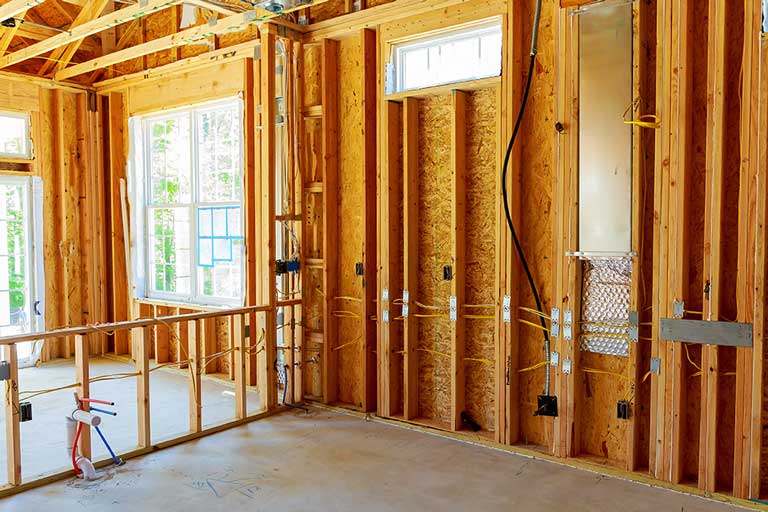
If you live in a home built before 1950, you may have knob and tube wiring. Knob and tube wiring is named for the ceramic knobs used to hold wires in place and ceramic tubes that act as protective insulators for wires running through wall studs or floor joists. While knob and tube wiring was cutting edge in the early 1900s, it’s now considered a fire hazard. One of the reasons it’s so unsafe is because there’s no ground wire. Today’s electrical systems use a ground wire to trigger the circuit breaker to shut off in case of a short circuit.
If you’re not sure your home has knob & tube wiring or want to learn more, watch this video or see the basic information below.
Step 1 – Identifying Knob & Tube Wiring. Look for
- White ceramic tubes running through joists or floor beams
- White ceramic spool-shaped knobs nailed to joists or floor beams
- Electrical wire connected to the knobs with wire running through white ceramic tubes
Note: Knob & tube wiring is usually located in your basement or attic
Step 2 – The Signs of Failing Knob & Tube Wiring
- Flickering or dimming lights
- Signs of burning on joists near knobs or tubes
- Deteriorating insulation on wires
- Brittle or broken rubber insulation
- Bare wires
NOTE: Some insurance companies demand higher premiums from customers with knob & tube wiring, while some refuse to insure homeowners altogether.
If you have or think you may knob & tube wiring in your home and would like a safety evaluation, give us a call. ABC Company is here to help.
Signs of Faulty Switches and Outlets
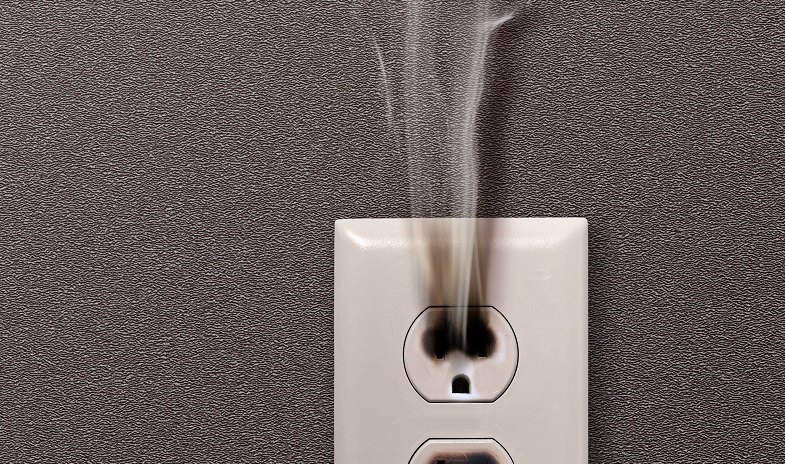
The switches and outlets in your home are used multiple times a day. Over time, constant use wears them out and they become dangerous. How do you know if your switches and outlets are safe to use? ABC Company is here to help.
For information on signs of faulty switches and outlets, watch this video or see the basic information below.
Step 1 – Identifying the Problem
- Switches or outlets that don’t work
- Switches that are loose or stick
- Outlets that don’t hold a plug
- Discolored outlets or switch plate covers
- Warm or smoking outlets or switches
NOTE: A properly working dimmer switch should never be hot to the touch. Under normal operation, dimmers can sometimes be warm.
Step 2 – The Fix
- Replace switches or outlets that fail to operate.
- Replace switches or outlets that trip a breaker in the home.
- Replace switches or outlets that are hot to the touch or smoke.
- Replace switches or outlets that show signs of burning on the cover plate.
In addition to being a fire hazard, faulty switches, and outlets can also be a shock hazard.
For more information on faulty switches or outlets in your home, give us a call. ABC Company is here to help.
Warning Signs of Faulty Wiring
Behind your walls is a maze of wires and junction boxes all leading to switches and outlets. If you know the warning signs of faulty wiring you can keep your home and family safe.
For information on the warning signs of faulty wiring, watch this video or see the basic information below.
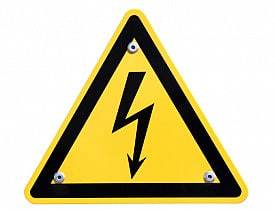
Step 1 – Identifying the Problem
You may have faulty wiring if you experience any of these symptoms:
- Tripping circuit breakers
- Dimming or flickering lights
- Outlets or switches that give off a burning smell
- Shocks from outlets or switches
- Buzzing
- Sparking
Step 2 – The Fix
The fix for faulty wiring is not a do-it-yourself (DIY) job. It takes the skills and expertise of a trained and certified electrician to accurately diagnose and repair faulty wiring problems. Paying attention to the warning signs and communicating those signs to your electrician will help resolve the problem quickly and efficiently. Some of the most common homeowners’ “fixes” can be dangerous. For example:
- Relying on multiple extension cords to avoid faulty outlets can create tripping hazards around your home. Plus, with continuous use, an extension cord can rapidly deteriorate, creating a dangerous electric shock and fire hazard.
- Regular use of power strips. If you regularly use power strips it means you don’t have enough outlets where you need them. Daisy chaining, the practice of plugging power strips into power strips, can result in electrical current overload which can cause a circuit breaker to trip or cause a fire.
- Replacing a low amp breaker with a higher amp breaker. This is extremely dangerous because the wiring is not rated to handle the electrical load.
Be safe. Get your wiring checked by ABC Company. For more information about faulty wiring you your home, ABC Company is here to help.
Smoke Detectors
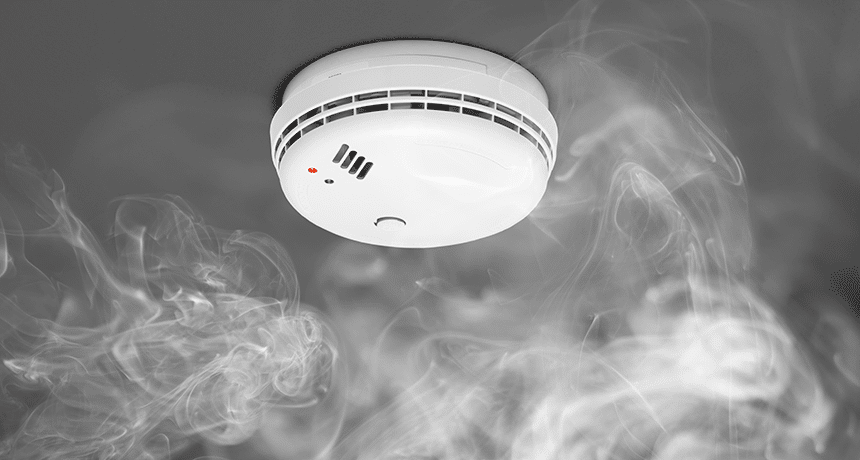
Smoke detectors, or smoke alarms, are key in saving your family in the event of a fire. They need to be working when you need them most. Here are a few tips for you to keep your home and family safe.
For information on smoke detectors, watch this video, or review the tips below.
Step 1 – Tips and Recommendations
- Install smoke detectors in every sleeping area and outside each separate sleeping area
- Install smoke detectors on every level of your home
- Test your smoke detectors at least once a month
- Replace all smoke detectors in your home every 10 years
- If possible, have hardwired smoke detectors installed so that when one sounds, they all sound
Step 2 – Selecting the Best Smoke Detector
- Battery-operated smoke detectors are OK, but keep in mind they need to be tested once a month to make sure the battery is functioning. And, the batteries need to be changed every twelve months. This can be a real hassle.
- Hardwired smoke detectors are our best recommendation for your safety because they’re connected to your electrical system. When any one interconnected detector is triggered by smoke, all interconnected detectors within the home sound the warning. Another great thing about hardwired smoke detectors is they have battery backup in case the power goes out.
TIP: You need to replace your smoke detectors every ten years because sensors wear out. The manufacturing date of your smoke detector is stamped on the back of the unit. For more information on smoke detectors, give us a call. ABC Company is here to help.
Carbon Monoxide Detectors
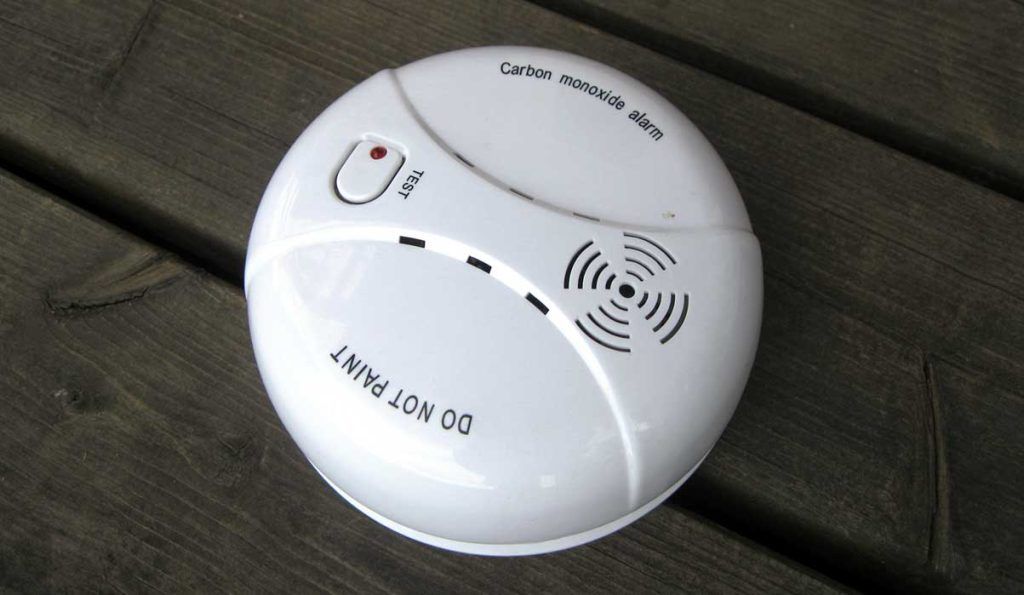
Carbon monoxide is a colorless, odorless and tasteless gas that can be fatal. It’s found in fumes burned in furnaces, gas ranges, dryers or water heaters, portable fuel-burning space heaters, fireplaces and wood burning stoves, or an idling vehicle.
Carbon Monoxide detectors can sense danger inside your home and alert you to get out and call 911. For information on carbon monoxide, watch this video, or review the tips below.
Step 1 – Identifying Warning Signs
The most common symptoms of carbon monoxide poisoning are:
- Headache
- Dizziness
- Weakness
- Upset stomach
- Vomiting
- Chest pain
- Confusion
Individuals with heart or breathing problems, pregnant women, babies, and small children all tend to be affected more quickly by CO gas poisoning. Even pets will react to carbon monoxide exposure.
Step 2 – The Fix: Selecting the Best Carbon Monoxide Detector
- Plug in units are a quick fix, but not the best solution. That’s because they simply plug in to a wall outlet that’s typically located near the floor. Carbon monoxide is lighter than air and rises past outlet-installed detectors.
- Battery operated units are better. They’re able to be positioned higher on the wall where carbon monoxide gas will migrate. However, you need to check the batteries every month to keep them in good working order.
- Hardwired units are the best because they connect directly to the electrical system in your home. Plus, they have a battery backup in case the power goes out.
TIP: The National Fire Protection Association recommends the installation of a carbon monoxide detector outside of every sleeping area and in each bedroom.
Following these safety and product tips can help keep you and your family safe from the dangers of carbon monoxide poisoning. For more information on carbon monoxide detectors, give us a call. ABC Company is here to help.
Electrical Problems – Flickering Lights

Flickering or dimming lights can be a sign of a more serious electrical problem. The key is knowing when there’s a problem and when everything is OK.
For information on electrical problems and flickering lights, watch this video, or follow these tips.
Step 1 – Knowing When Flickering or Dimming Lights Are OK
- Lights that dim when you use a printer, microwave, space heater, or hair dryer are normal.
NOTE: If you experience frequent flickering, dimming lights, or burnt-out light bulbs it may be a sign of a serious electrical issue.
Step 2 – The Facts and The Fix
- Flickering or dimming lights could mean there are loose connections in switches, outlets, or the electrical panel. Loose connections cause electrical arching – the jumping of a spark of electricity from one connection to another. This can cause a fire.
- Homes with knob and tube wiring may experience flickering lights because of deteriorating wires. Knob and tube wiring need to be inspected for safety or replaced altogether.
- The solution to flickering or dimming lights requires the skills of a qualified electrician. The technicians at ABC Company can locate any problem and offer a range of solutions to put your electrical system back in top working order.
For more information on flickering lights, give us a call. ABC Company is here to help.
Which Switch Is Which?
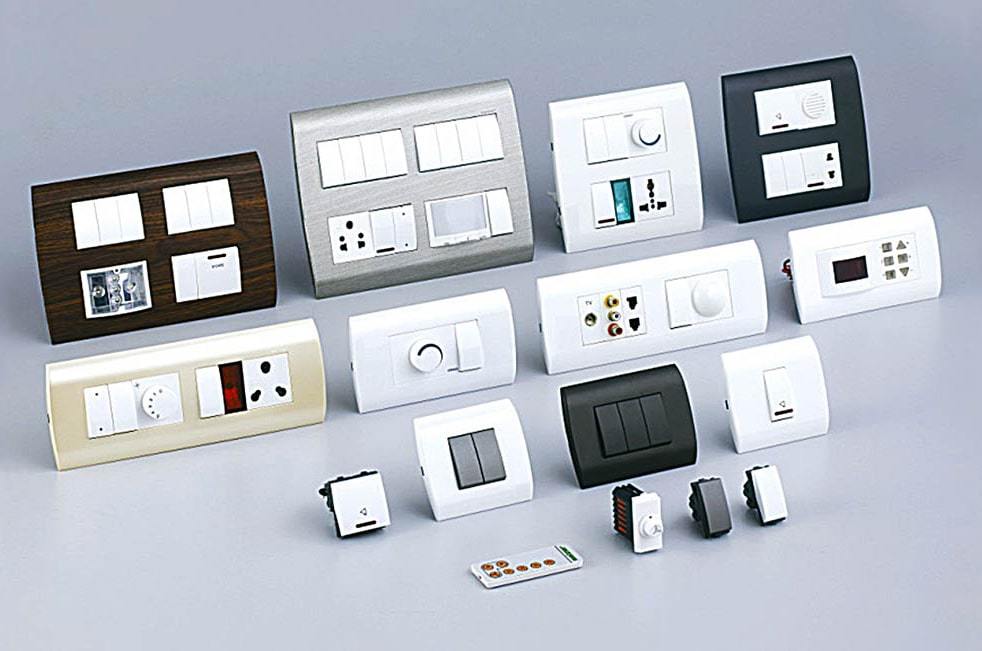
Have you ever looked inside your electrical panel? If your panel is like most, it’s poorly labeled or not labeled at all! A properly labeled electrical panel means you can quickly and accurately identify which switch is which when you need to shut off power to a portion of your home.
Here’s an easy way you can identify which switch controls each area of your home.
Step 1 – Getting Ready To Do The Job
- Note pad and pen
- A friend
- Two cell phones
Step 2 – The Procedure
- Locate the electrical panel in your home. It may be in the basement, the garage, or even a closet.
- Number your paper from 1 to about 30. These numbers correlate with the numbers stamped on the breaker panel.
- Turn on all the lights and TVs in the house.
- This is where a friend with a cell phone will save you some time. One person turns off breaker number 1. The other person watches for which lights or appliances go off and tells you via cell phone. When you determine what that breaker controls, write it down and move on to the next breaker, and so on.
- Once completed, you’ll have an accurate list of breakers. You can tape your list to the door of the electrical panel.
NOTE: If you find an outlet or light that doesn’t respond to turning off the breakers, improper wiring could be the issue. Give ABC Company a call. We can trace the wires to see where they go. Plus, we can make sure your electrical panel is safe to operate.
PRO TIP: When you identify an area controlled by a breaker, create a name for it that anyone will understand. Labeling a breaker Melanie’s Room or Spare Room won’t mean anything to a new homeowner or an electrician. It’s better to use easy to understand names like Front Bedroom or Half Bath Lights. If you need help identifying the switches in your electrical panel, give us a call. ABC Company is here to help.
